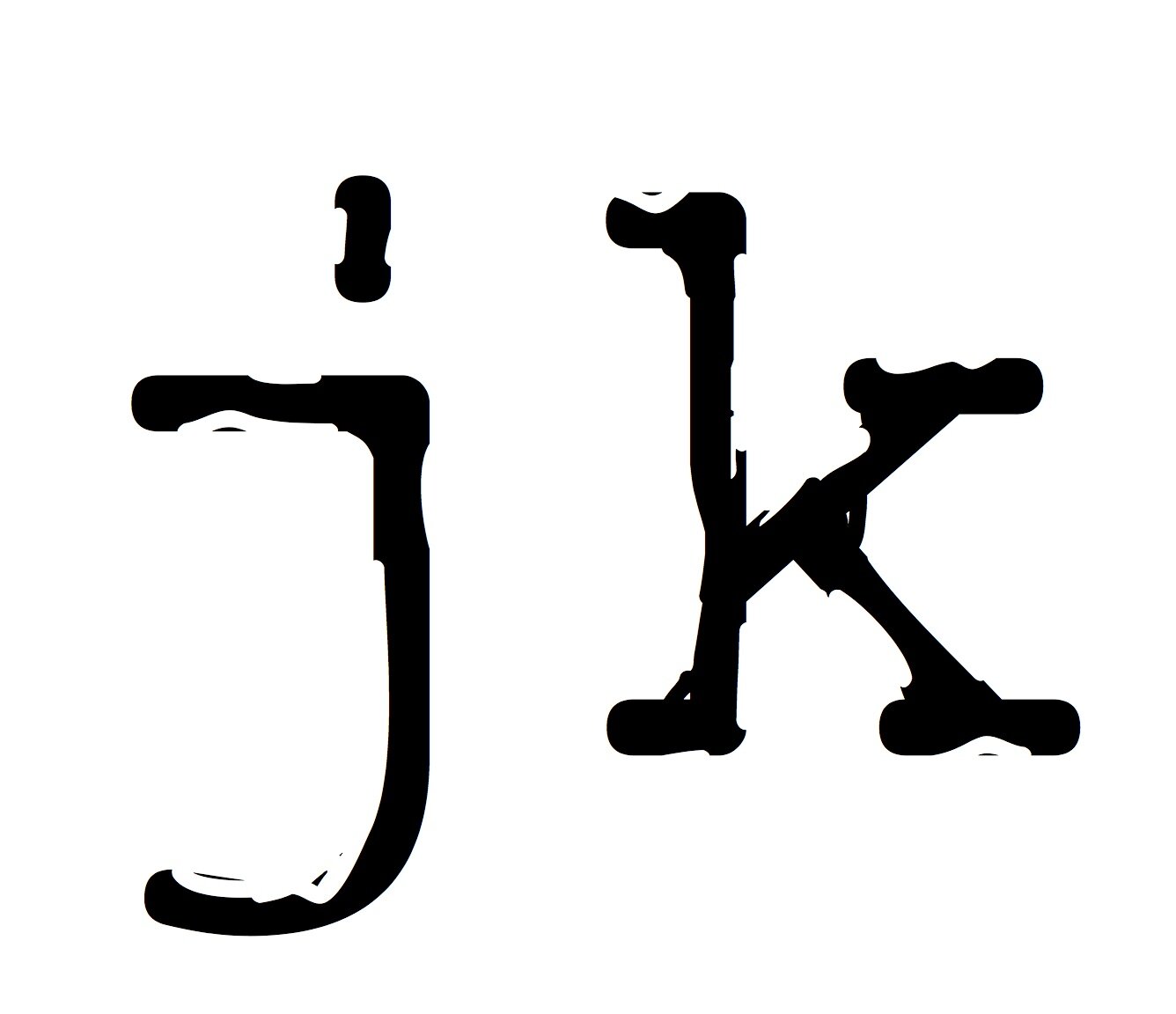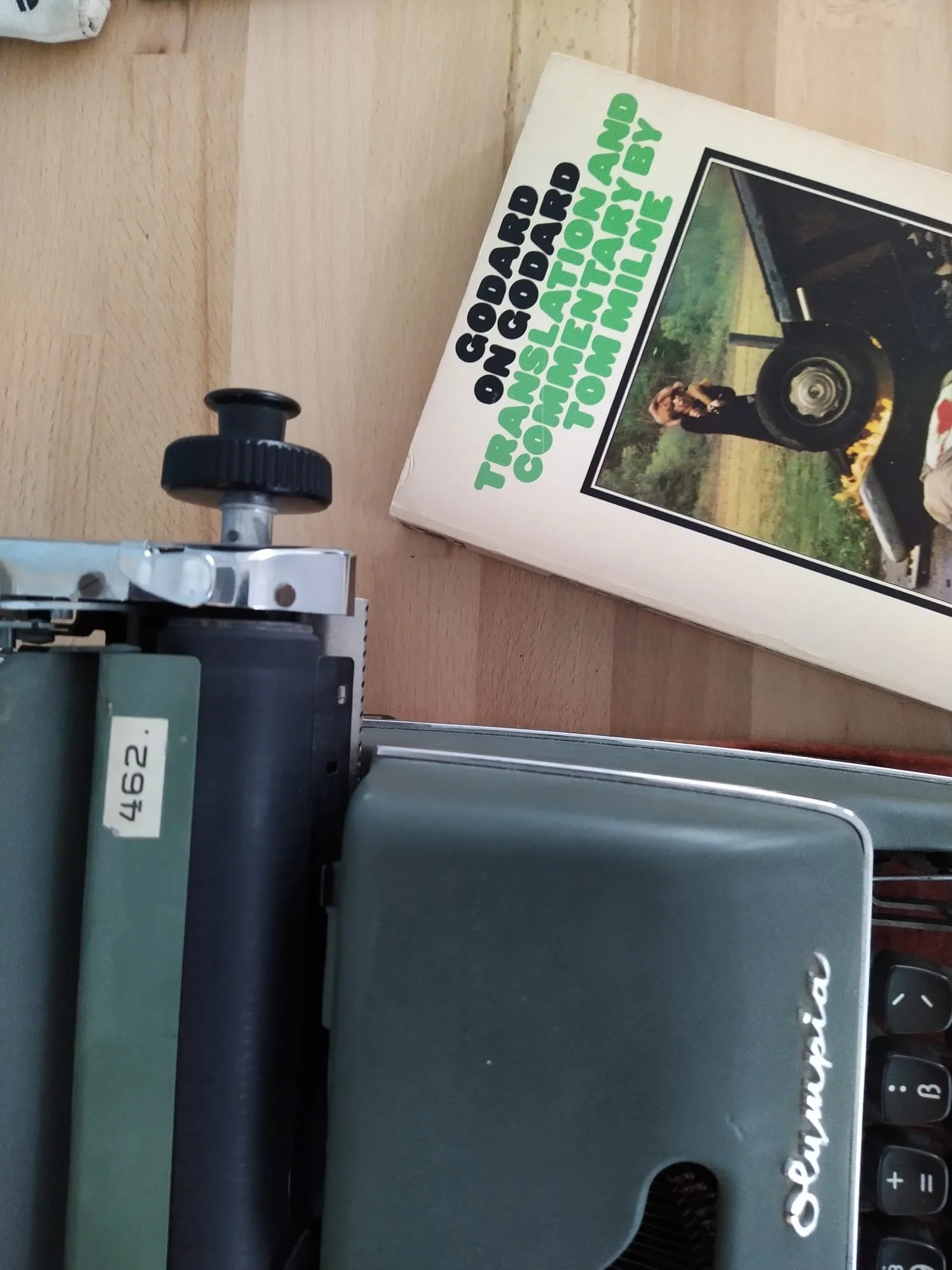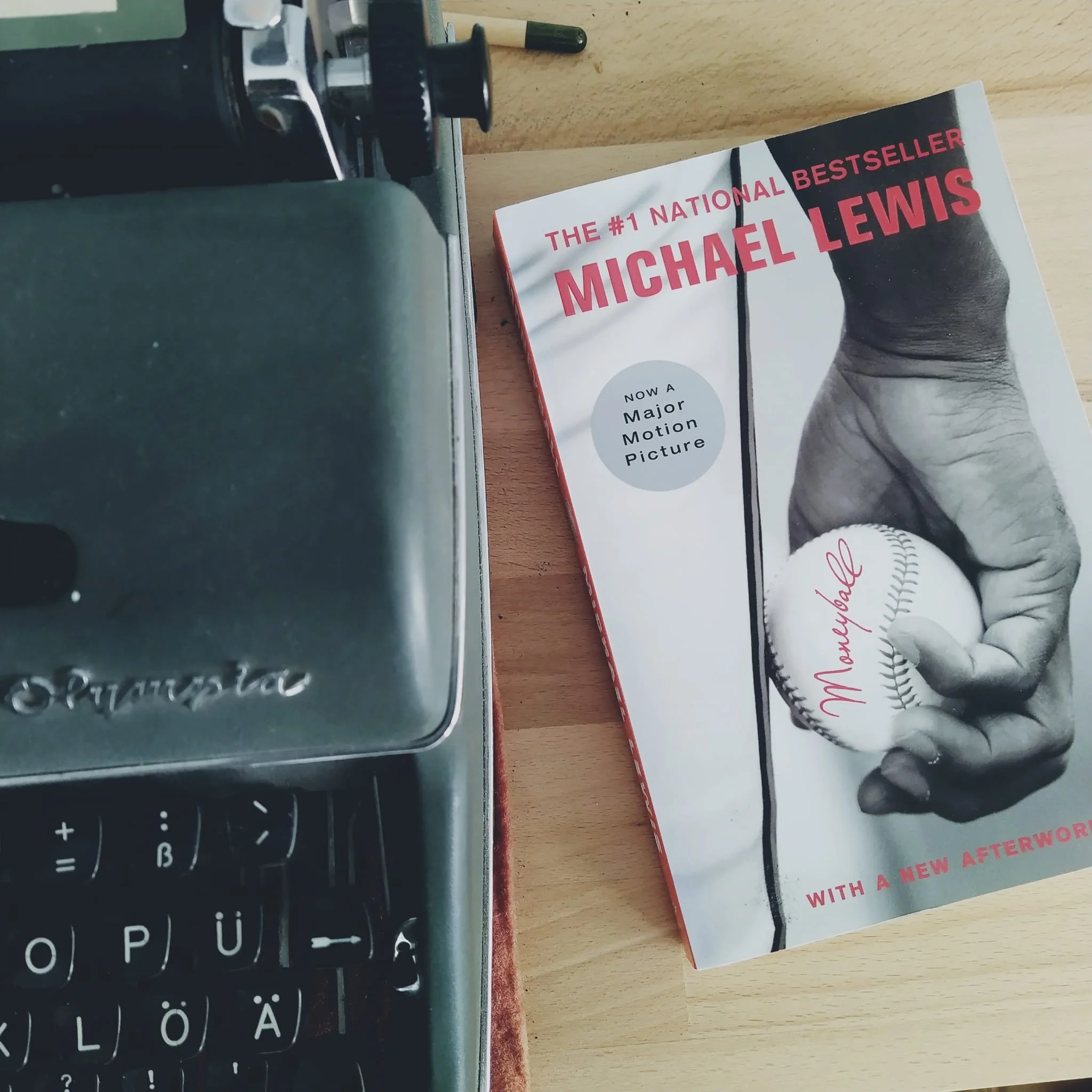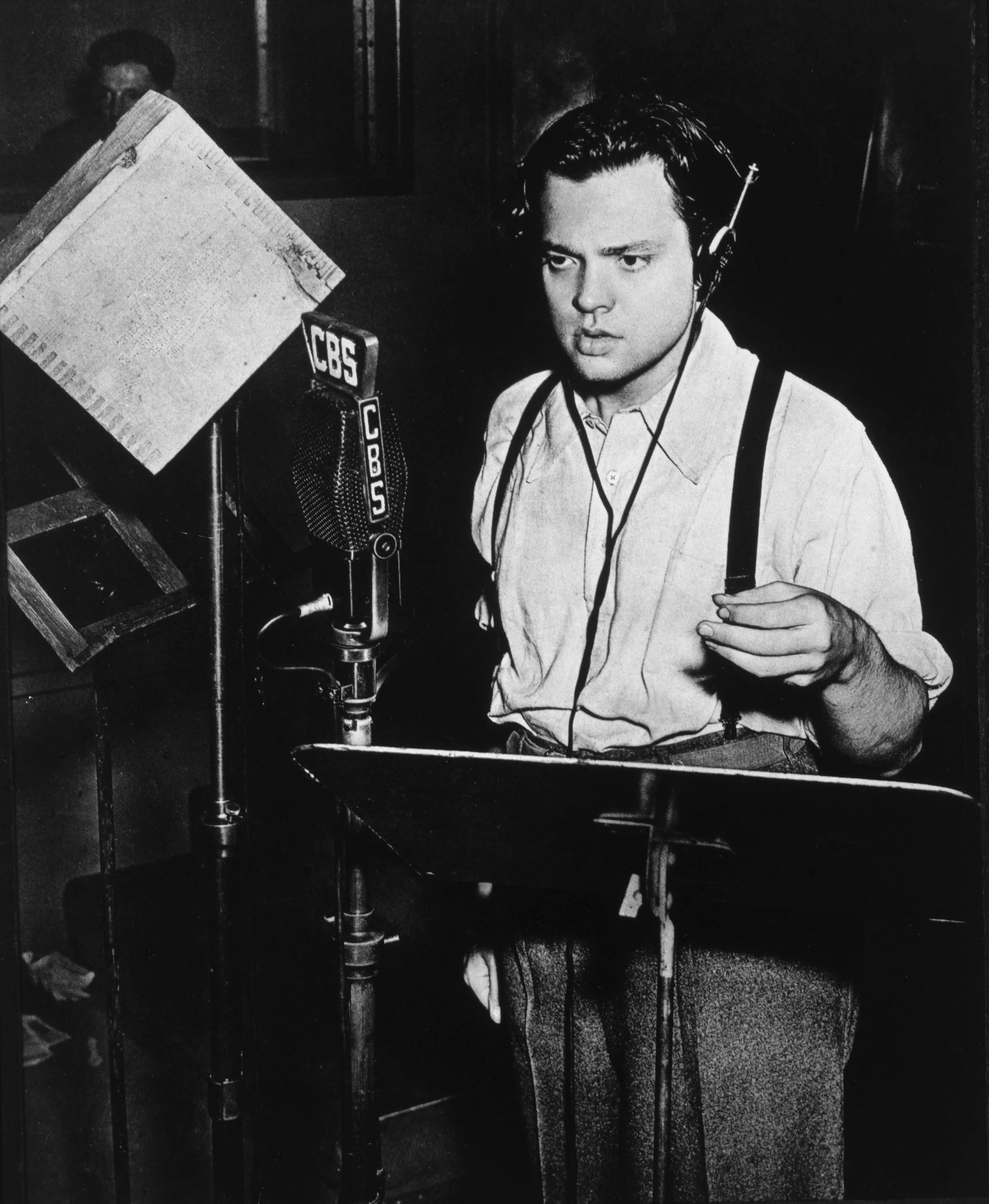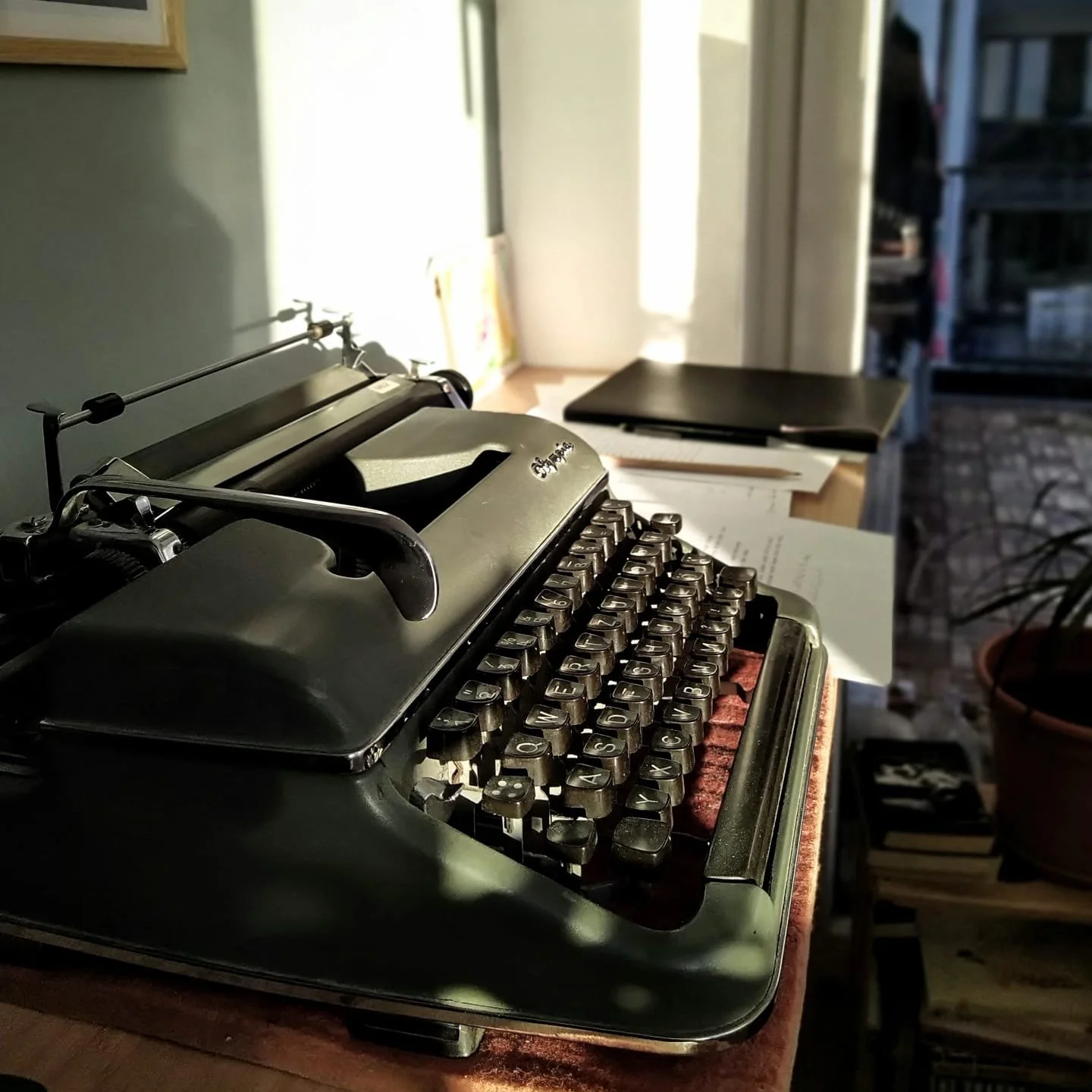As a film student/aspiring screenwriter, Jean-Luc Godard’s films were hugely important to me. I’m hardly the first aspiring screenwriter or film student to have been inspired by his works. There are plenty of terrible student films trying to pull off the same magic.
Beyond his films, it was his creativity at finding solutions to problems that has stuck with me.
Read More